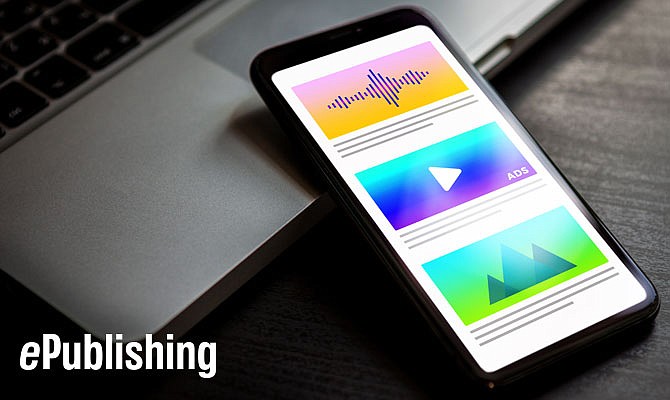
News
The What and Why of Revenue Per Reader (RPR)
March 17, 2014

News
March 17, 2014
At face value, Revenue Per Reader (RPR), in digital publishing, is exactly what it sounds like: the average amount of revenue that comes from each reader who visits your website. In virtually all cases, the higher your RPR, the greater your profitability. Most of us have figured out how to sell one product line or subscription to our customers, or sell ads to reach a highly defined niche audience.
RPR is a valuable metric because it is an important piece of the puzzle that describes where your business is right now. BUT, that’s not the only reason it’s valuable—because for successful publishers, RPR is tied tightly to diversified revenue and therein lies the money. Because, we all know that contemporary digital publishing responds to a dynamic advertising and subscription sales market by leveraging those traditional revenue sources along with a suite of new, diverse, content-based products and services.
Revenue per Reader isn’t just about where you are, it’s about where you are going and it can:
RPR relies on your ability to effectively employ your three primary revenue models:
Users pay: visitors purchase subscriptions, pay per article/access a variety of pay levels, register for events and webinars, etc.
Advertisers Pay: advertisers purchase a variety of traditional banner ads, native ads, data, directories, sponsorships, etc.
Transactions Pay: visitors purchase books, dvds, data, services, etc.
Successful online publications use these models to create numerous revenue streams that can include:
Together, these revenue streams enable you to glean (and increase) RPR through multiple sources. That is, if these products and services are born of one thing: your reader.
That’s right, at the heart of RPR is the reader. If you aren’t creating an in-depth, engaging, multifaceted experience that gives the reader what they need and want, all the snazzy multimedia (video, images, audio), social channels, eCommerce mechanisms and the widest variety of content in the industry will amount to very little revenue. It’s about the reader and that means you must provide your content in context, no matter what form it takes.
All of a sudden, increasing RPR sounds like quite a tall order. But, it’s not when you have an Enterprise Publishing System (EPS). The beauty of a quality EPS is that it is your tool for driving RPR.
Traditionally, your editorial department wasn’t your profit center. But, with an EPS, you have a quiver of tools for learning what your audience wants and how they want it (behavioral data cross-referenced with preferences, purchases and other account data), that interfaces with your content management and eCommerce. It’s about analyzing customer/member data by purchase history or content preference to support intelligent product offers; targeting your marketing; and cultivating customer-driven product development. You are monitoring and growing your revenue streams to deliver an experience to your reader that keeps them coming back.
Don’t know where to start? Think about a basic change that can lead to big gains—like gating your content. You can do things like:
That’s only the beginning—but the point is, RPR should be the key metric driving your revenue tactics.